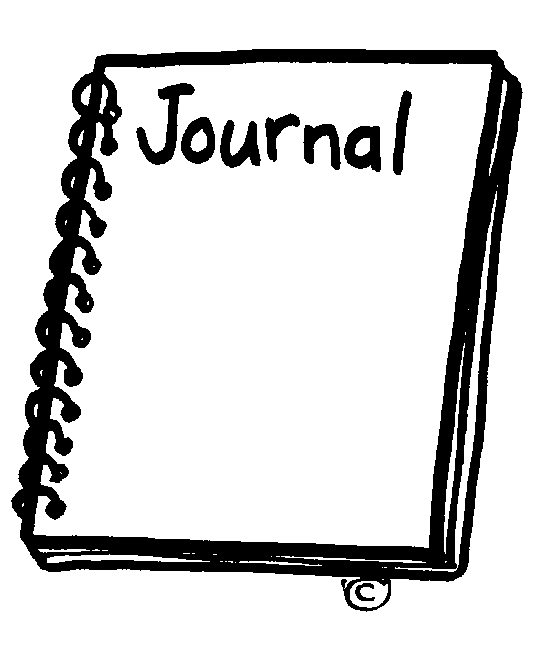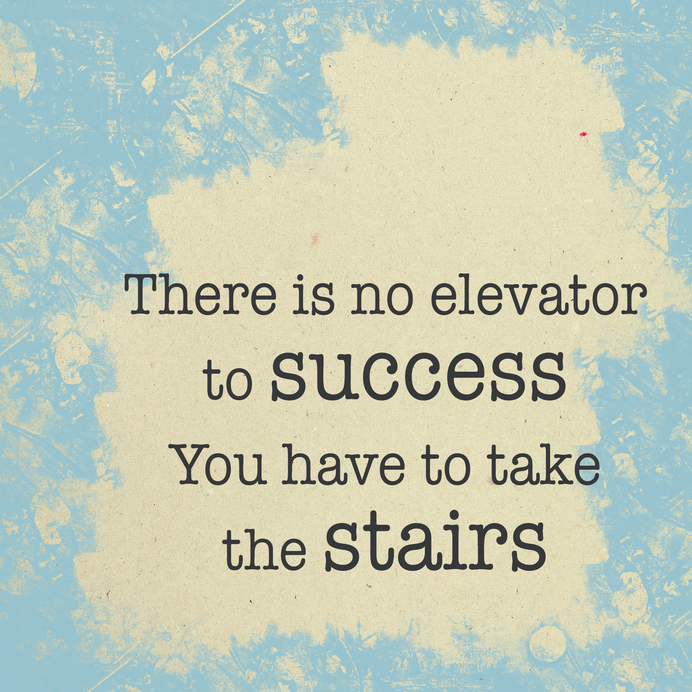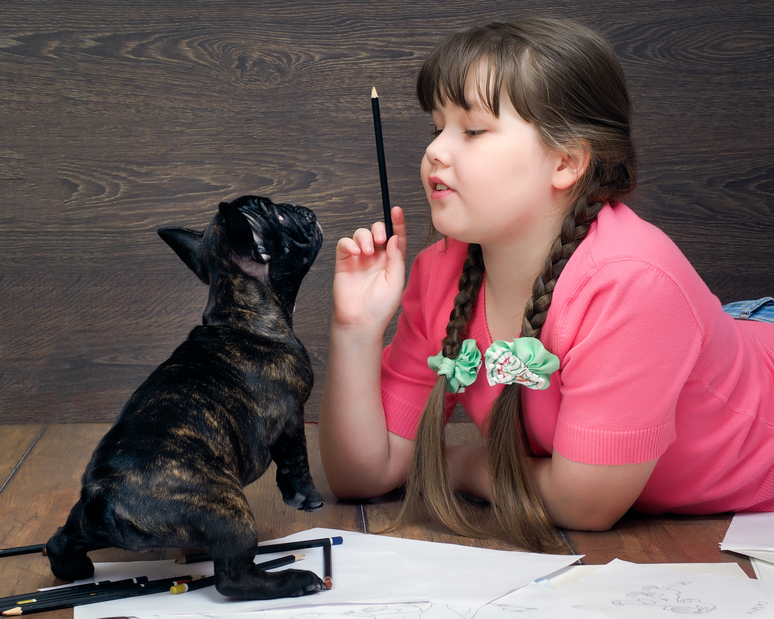 |
BlubberBusters Tips
from Lucy (Click here for past week's tips) |
|||||||||||||||||||||||||||||||||||||||||||||||||||||||||||||||
A 3 WAY APPROACH TO WEIGHT LOSS - STEP THREE -REDUCE MEALTIME FOOD AMOUNTS
In Step TWO, we eliminated snacking between meals. You should complete Step One and Step Two BEFORE starting the next step. In Step THREE, we will learn how to REDUCE MEALTIME FOOD AMOUNTS. Don't worry, we’ll learn to reduce food amounts in small steps so you won’t miss the food. NOTE: It’s important that you have stopped snacking completely before starting Step Three. It is much easier to cut down on amounts at meals, if you can avoid the see-saw effect of eating more between meals. It is also important to avoid skipping a meal, or you may be tempted to snack before the next meal or overeat at the next meal.YOUR GOAL: NO EATING OF PROBLEM FOODS, NO SNACKING, AND EATING ONLY 3 MEALS A DAY - BREAKFAST, LUNCH AND DINNER.

1. IDENTIFY AND LIST YOUR FOOD AMOUNT TRIGGERS OR CUES (WHAT ALWAYS HAPPENS RIGHT BEFORE YOU EAT A LARGE AMOUNT OF FOOD AT A MEAL). Here are trigger examples: a) Whenever you SEE EXTRA FOOD on the dinner table, you end up eating it. b) Whenever you EAT AT A RESTAURANT, they serve large portions and you always eat the whole thing. c) Whenever you EAT AT YOUR GRANDMOTHER'S, she always puts heaps of food on your plate. Extra food in front of you, eating out, and your grandmother’s meals are your TRIGGERS to eat large food amounts. 2. WRITE A PLAN TO AVOID THE FOOD AMOUNT TRIGGERS. Plans to avoid the triggers from the above examples are: a) Ask your mom to not have bowls of extra food on the dinner table but to dish your plate for you and then put the rest of the food out of site. b) Either avoid eating out or immediately box up half of what is served in a "TO GO BOX" and take it home to eat for a meal the next day. Or, share the meal with a friend. c) Tell your grandmother that you are trying to cut down food amounts and request that she put only your current food amounts on your plate. It is much easier to avoid your large amount food triggers, when the large amounts of food are not in front of you. 3. SELECT METHODS THAT YOU WILL USE TO REDUCE FOOD AMOUNTS. These might include: WHEN EATING AT HOME: Eat at home as much as possible because it is much easier to control your food amounts, there are less food choice temptations, and you can weigh food amounts. a) No second helpings. PERIOD. b) Use smaller plates and bowls. SALAD PLATES ARE THE NEW DINNER PLATE! c) Eat your foods "Naked" or plain (no toppings such as butter, sauces, or sour cream) d) Dish up food on your plate. Do not serve meals family style where you will be tempted to take more. e) Put away leftovers right away. Get food out of site after dishing. Out of site, out of mind! WHEN EATING OUT: a) Don't! Keep eating out to a minimum. Many people say they eat out for entertainment. Find a new source of entertainment. b) When your meal arrives, cut it in half and put half in a "To Go" box. c) Share your meal with a friend. That way you'll eat much less. WHEN GROCERY SHOPPING: a) Make a list before you go and stick to it. b) Keep away from the middle aisles where the snacks, sodas and processed high calorie foods are located. Shop the outer perimeter, that's where the fresh unprocessed food is located. c) Check labels and serving sizes on containers. Watch for high fat, high calorie content. d) Avoid pre-packaged food. Make your own, you will know what's in what you eat and you'll have fun making it. Put some music on and enjoy some time together with family or a friend. Get cooking! 4. PICK SEVERAL TECHNIQUES It helps to review some of these techniques ahead of time so that you can use them "in the moment" if the urge to eat strikes.
STEP THREE - REDUCTION OF MEALTIME FOOD AMOUNTS WORKS BEST IF YOU WEIGH YOUR FOOD WITH A FOOD SCALE. By weighing your food, you avoid the emotional brain turmoil of trying to decide how much to take, or put back. Weighing your food is a way to PORTION SIZE WITH AN EXACT MEASUREMENT, AN EXACT NUMBER. You can't add more or less so there's no decision. There are several types of inexpensive food scales on the market so find one that you like and is easy to use. You should also invest in a BODY WEIGHT WEIGHT SCALE so you can weigh yourself each day. Weighing yourself each day keeps you accountable. If you can't weigh your food, you can use the "cutting down method" which we'll describe below. This is a straight forward method that also works but just not quite as well as weighing your food. OK, HERE WE GO! 1. MAKE A LIST OF 20-25 ROUTINE FOODS YOU FREQUENTLY SERVE/LIKE AT HOME MEALS. Carefully decide which foods to add to your list and be sure to include foods for breakfast, lunch and dinner. Foods from this list will be the ONLY foods you will eat for this part of the program. Ask a parent for help in choosing foods for your list so they include foods from all food groups like fruits, vegetables, meats, fish and dairy. There are no special foods or restrictions on what kind of food you eat. The focus is on food amounts not food type. Limiting your food list to only 20-25 foods makes it much easier to reduce your food amounts, because you will frequently be eating the same food over and over. You might find that you don't usually even eat 20-25 different foods.
2. WEIGH THE TYPICAL STARTING AMOUNTS OF ALL THE FOODS ON YOUR FOOD LIST. You will do this gradually as you pick each food for a meal. Write down each food from your list and record the starting weights of the foods in your log or notebook. If you typically take second helpings, both helpings should be weighed together as the starting amount. Reminder: Your family should try to have the same foods as you for a meal so separate meals are not needed to be prepared. 3. EAT ONLY THE FOODS ON YOUR LIST FOR THE REST OF THIS PHASE OF THE WEIGHT LOSS PROGRAM. You can "mix and match" the foods on your list for each meal. It's a good idea to limit the number of foods you eat for each meal to not more than FIVE different foods. 4. GRADUALLY REDUCE THE STARTING AMOUNTS (WEIGHTS) OF ALL LOGGED FOODS.
IF YOU HAVE A FOOD SCALE weighing the amounts of all foods you eat at meals helps you to be more exact. You don't have to worry about eyeballing food amounts (which can be stressful to some) and it's not as easy to cheat. Click here to print out a Food Amounts Reductions Chart and use it with a food scale to gradually reduce your amounts at meals. Write the name of each food item that you serve at a meal, weigh and record the typical amount that you serve yourself (your starting amount), and enter those amounts on the form beside each food. Then, using a calculator, enter the reduced amounts for each food at each reduction step. This chart reduces in 4% steps, although it starts at 90% of starting amounts. For example, if your starting amount is 8 oz. for fried chicken, the first reduced amount would be 90% of that amount. Multiply 8 by 0.9 = 7.2 oz., write that on the form, and serve yourself that amount at the next meal you have fried chicken. Then, calculate the next reduced amount step for each food, 86%, or 0.86 multiplied by each starting amount, or 6.8 oz for fried chicken. - Reduce food amounts of each food by a set small increment. That way you won't miss the food. - Reduce food amounts the same for all meals. Otherwise you tend to eat more at other meals to compensate. - Record the food amount for that food in your log book. - Gradually reduce the food amount until your weight starts to drop. - If your weight drops and continues dropping, the food amounts are kept at the same cut level. - If your weight stops dropping, you should further reduce the food amounts until the weight resumes dropping. - When you reach your goal weight you should maintain the food amount at that level. You should now be able to "eyeball" your food amounts and discontinue food weighing. - If your weight creeps back up, start weighing your food again.
IF YOU DON'T HAVE A FOOD SCALE, you can use the "CUTTING DOWN METHOD:" - Start by taking a piece of each food item away. For example, instead of eating six chicken strips, take one or part of one away and eat five or five and a half strips. Instead of six pieces of pizza, take one or part of one piece away and eat five or five and a half pieces.-The next time you have chicken strips or pizza, check your notebook to see what your last food amount for that food item was. You would start with that amount. -Now, take part of that food amount away before you start your meal. Record the amount you will eat now in your notebook. You can cut down food amounts gradually by cutting a part of each food item down each time you eat that particular food. - You can also pre-package meals. Line up several packages or containers. Put a smaller amount of each food in each successive package or container. Number the containers 1, 2, 3. Start your next meal with container number one. At your next meal, take container number two and so forth. Eat only the food in the container for your meal. - Eat only those foods on your list and gradually reduce the amount of each food from your foods list. - This is a simple, straight forward method that also works but just not quite as well as weighing your food.
5. REACHING YOUR GOAL WEIGHT. Weighing your foods is only a training process. Once you’re able to reduce your food amounts by weighing them and reach your goal body weight, you will then be able to “eyeball” amounts to maintain your weight. CONGRATULATIONS ON YOUR WEIGHT LOSS!! You've done it by using this simple three step approach. WEIGH TO GO!!! Let us know what you think of this tip. Make this a healthy week! (Click here for past week's tips) |
||||||||||||||||||||||||||||||||||||||||||||||||||||||||||||||||
Please ask your
healthcare provider if these tips are right for you and please read our disclaimer.
 In Step ONE we learned to stop eating our
In Step ONE we learned to stop eating our  TO HELP AVOID EATING LARGE FOOD AMOUNTS
TO HELP AVOID EATING LARGE FOOD AMOUNTS